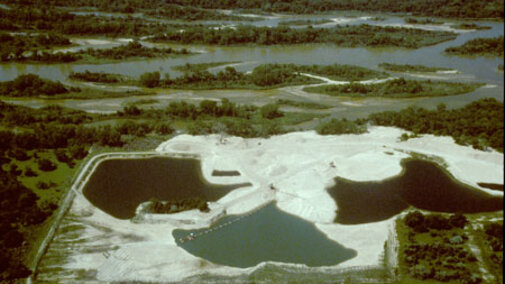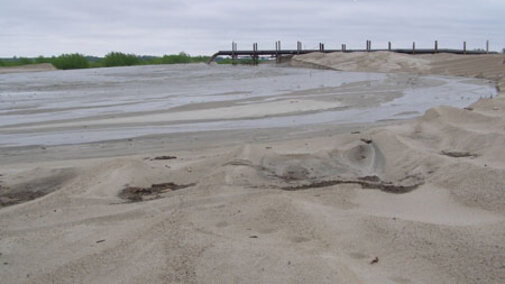When rocks erode out of the Rocky Mountains and are carried downstream by streams and rivers, they break apart making sand and gravel. The sand and gravel settles out of the water and form the river bed. As the river channel moves across the landscape, the sand and gravel (aggregate) deposits are left behind. In the Platte River valley, these deposits can be greater than 150 feet deep and often contain mammoth bones and teeth, bison bones and petrified wood.
Sand and gravel mining or aggregate mining is an important part of Nebraska's economy. Sand and gravel have a variety of uses including:
- road building
- construction
- concrete production
- landscaping
- glass manufacturing
- sand casting in iron and steel foundries
- snow and ice control
- petroleum extraction
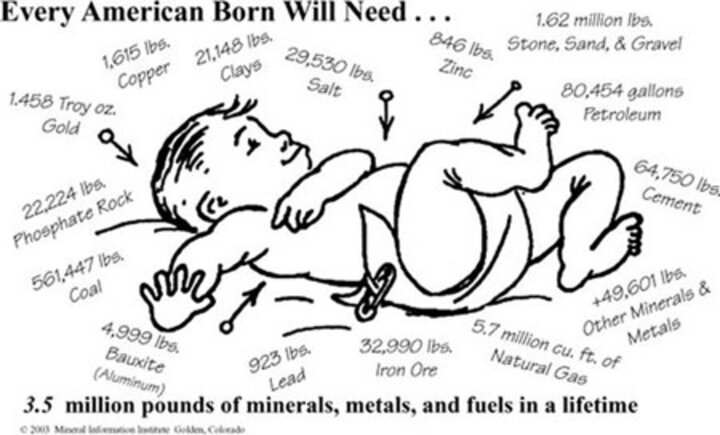
Sand and Gravel Mining Process
Once an aggregate deposit is found, the first step in extracting the sand and gravel is to clear the surface of vegetation and topsoil and dig a pit. Since the water table is so close to the surface in Nebraska, the pit fills with water and forms a lake. A dredge is placed in the lake to extract the aggregate from the pit; the material is then carried by running water to a separator which separates the material by particle size. Different applications require different particle sizes, but typically, more fine sand is produced than can be sold. This excess sand is pumped back to the lake through a discharge or slurry pipe, forming the sandy nesting areas used by terns and plovers. In areas where most of the natural nesting habitat has been lost on the river (e.g., the Central and Lower Platte Rivers), sand and gravel mines play an important role in the conservation of terns and plovers.
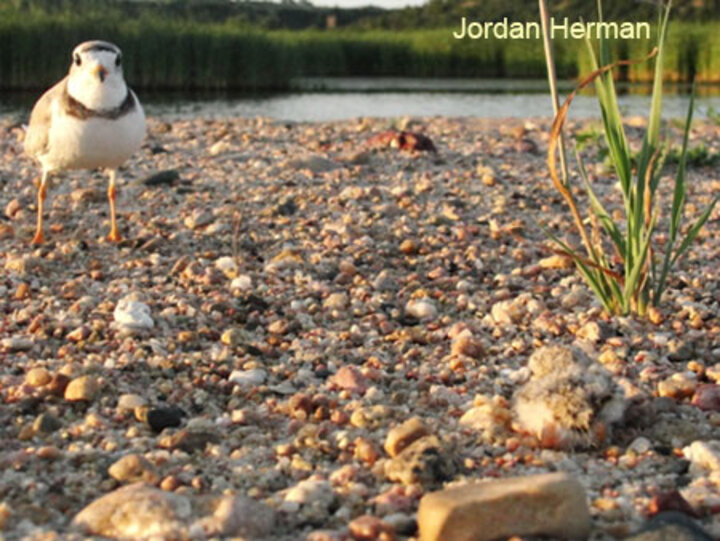
After all of the usable aggregate has been extracted from a deposit and the mine is taken out of production, the land is sometimes reclaimed as agricultural land, but more often, the sandpit lakes are developed into lake shore housing developments, creating unique "beach front" property in Nebraska.
Cooperation and Success
The Tern and Plover Conservation Partnership was formed to not only to protect endangered Interior Least Terns and threatened Piping Plovers, but to help sand and gravel mines and lake shore housing developments continue operations when terns and plovers are nesting on their property. Since the Partnership was established in 1999, there have been NO citations, fines or prosecutions for violations of the Endangered Species Act or the Nebraska Nongame and Endangered Species Conservation Act by any of our partners. Additionally, according to the industry's own estimates, by working with the Partnership, the sand and gravel mining industry has generated well over $2,000,000 in additional revenue.
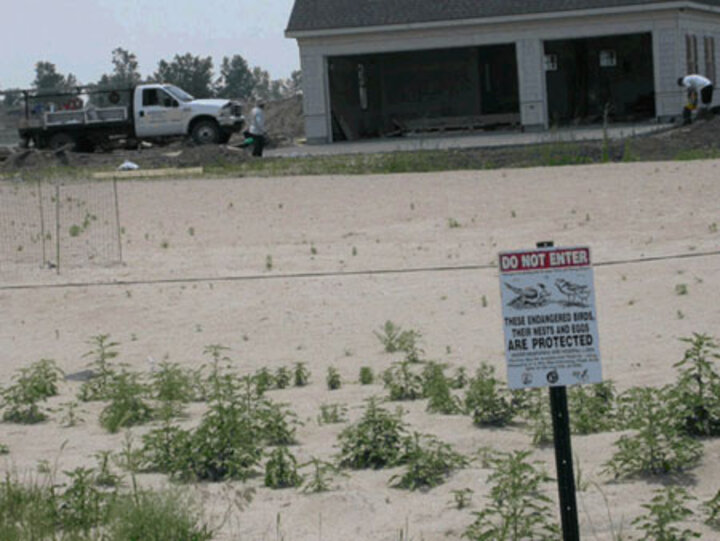
Lake Shore Housing Developments
When out-of-production mines are prepared for real estate development, the remaining sand is formed into broad, sandy beaches. These areas are alluring not only to potential human residents, but also to terns and plovers, who may have nested at the site when it was still a mine. The Tern and Plover Conservation Partnership works with planners, developers, contractors, utility workers, and property owners to avoid conflicts that can arise during the nesting season. By working together, many of the conflict that can occur when birds nest on lots can be avoided.

